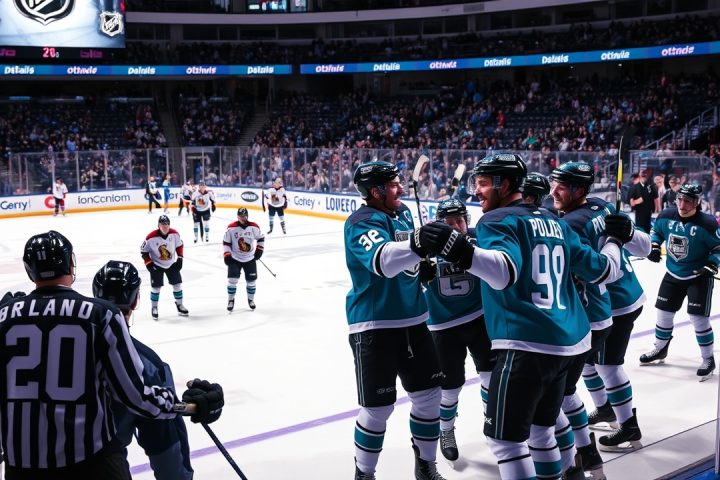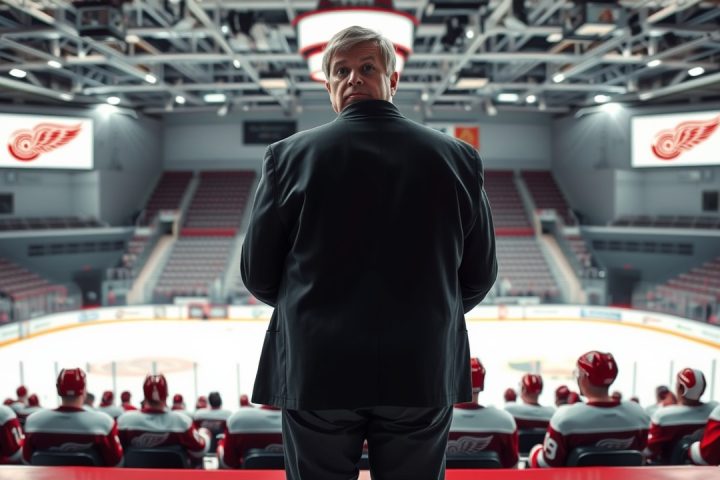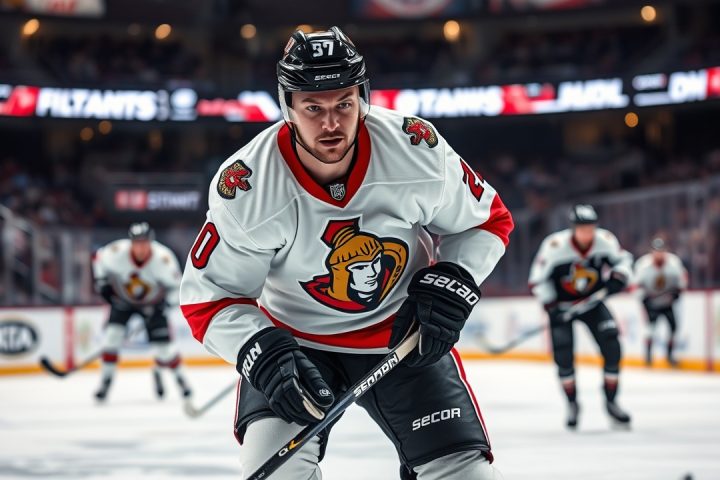NHL Player Performance Analysis
In the current landscape of the NHL, a player’s performance is not only assessed based on their skills but also on how effectively they deliver value in relation to the salary they command. This analysis will focus on players whose performances in the 2024-25 season fell significantly short of their financial commitments, highlighting their cap hits and the duration of their contracts.
To identify these players, we will utilize Dom Luszczyszyn’s comprehensive player evaluation model, which measures overall effectiveness through various metrics including offensive and defensive contributions, as well as penalties and face-off impacts. This model assigns a market value to each player’s performance, allowing us to discern discrepancies between what players are being paid and the value they provide on the ice. Importantly, a listing on this underperforming roster doesn’t necessarily mean the player is lacking in talent — it simply indicates that they did not produce at a level that corresponds with their cap hits. Each player analyzed will have underperformed their contract value by a minimum of $1 million, and our study excludes goaltender contracts.
Furthermore, we’ll disregard players who were significantly hindered by injuries, as well as those who switched teams during the season.
Key Underperformers
Trevor Zegras of the Philadelphia Flyers exemplifies this issue. Once a top prospect, Zegras started strong in his early career but struggled under the former Ducks’ coaching strategy, finishing the season with only 32 points across 57 games, not reflecting his potential.
Ryan Strome, who consistently garners approximately 41 points per season, saw his utility eclipsed by lackluster defensive performance despite his $5 million salary. Similarly, Alex Killorn, at 35, could not justify his $6.25 million cap hit with only 37 points, although he had positive implications for his team’s puck control.
Elias Lindholm has not stepped up as the first-line center that the Boston Bruins anticipated, delivering just 47 points while earning $7.75 million. Meanwhile, Charlie McAvoy, another key player for the Bruins, had an off year, only scoring 23 points in 50 games but may recover in future seasons despite a $9.5 million cap hit.
The Calgary Flames have faced their issues as well, particularly with Jonathan Huberdeau, whose resurgence to 62 points still falls short of the expectations set for a player earning $10.5 million annually. Rasmus Andersson also had a lackluster year, potentially buoyed by injury context.
Switching to the Hurricanes, Andrei Svechnikov managed to score just 20 goals post-ACL tear recovery, failing to produce under his $7.75 million salary.
For the Blackhawks, veteran players like TJ Brodie and Jason Dickinson failed to meet expectations, with Brodie notably released from waivers after a subpar season.
Meanwhile, contracts like Damon Severson for Columbus and Jamie Benn for Dallas underscore continued financial burdens with inconsistent outputs at high cost. Severson’s six-year $6.25 million deal becomes a liability, while Benn produced below expectations in a pivotal season.
As we assess players across the league, it’s clear that financial implications of performance continue to shape team dynamics and strategies heading into the next season. The lack of return on investment for these contracts prompts discussions about accountability and future performance expectations in the NHL.




